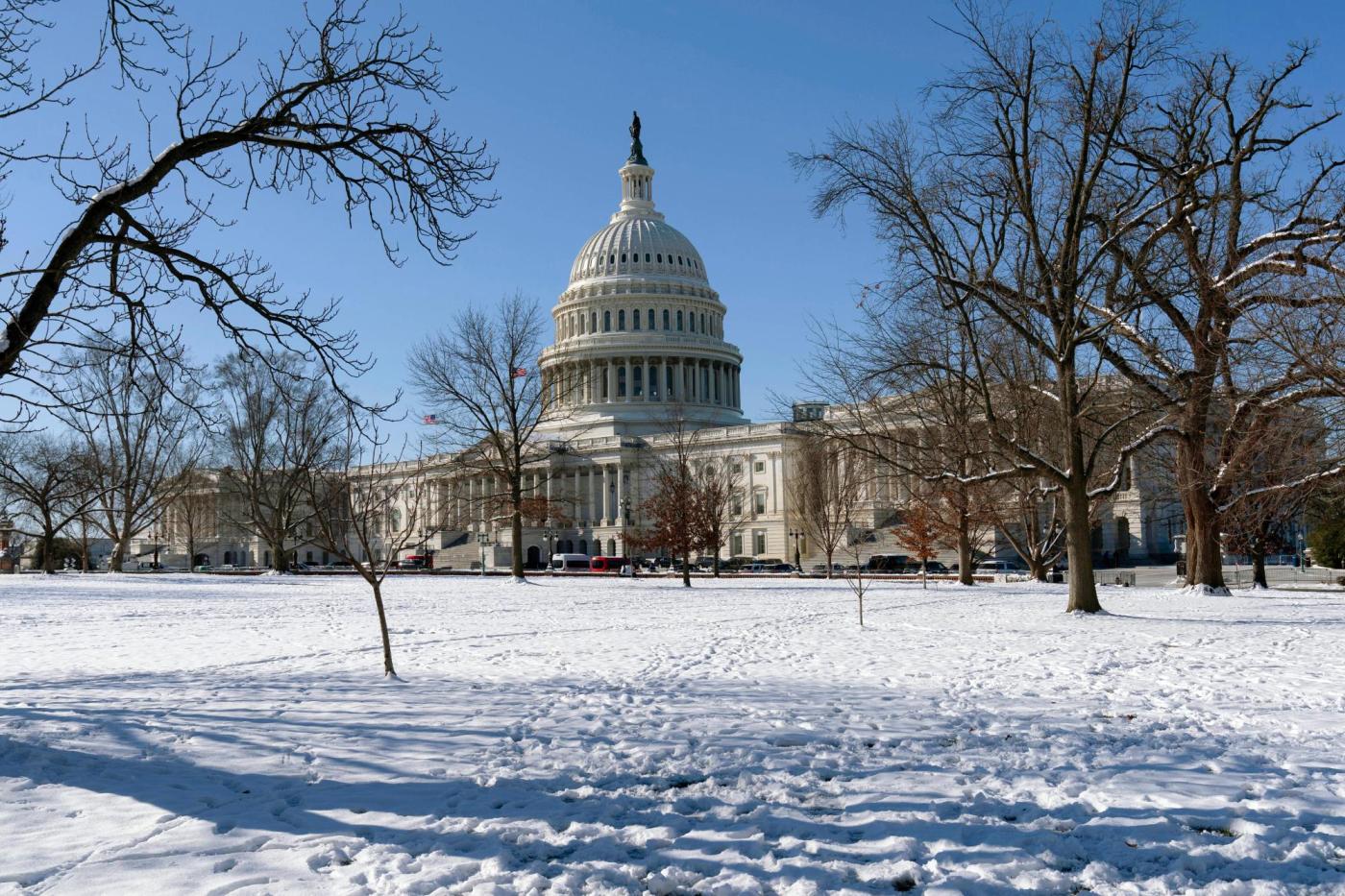
Other voices: The bipartisan tax deal is good but not good enough
After months of talks, lawmakers have reached a bipartisan agreement on changes to the tax code. They’re now struggling to get it passed in time for the new tax-filing season. The plan is good as far as it goes and legislators should get behind it — so long as they commit to addressing its biggest flaw.
The deal combines an expansion of the child tax credit sought by Democrats with cuts in corporate taxes favored by most Republicans. The net fiscal cost is reckoned to be around $80 billion through 2025 — which would be covered, negotiators say, by bringing forward closure of the fraud-prone employee retention credit that was adopted during the pandemic. The child tax credit expansion would lift some 400,000 children out of poverty; the corporate tax relief would promote investment and raise output and incomes; and, thanks to the employee retention credit’s demise, the plan would be revenue-neutral, even without counting the fiscal benefits of faster growth.
So what’s not to like?
Some Democrats are unhappy that the child tax credit’s expansion falls far short of restoring the benefits provided in the 2021 American Rescue Plan. That pandemic-relief measure gave families credits of $3,000 per child ($3,600 for children under 6) and made them “fully refundable” — meaning families with no earnings or tax liability were paid the full amount. The new proposal is less generous than that but still a notable improvement over current policy. It would keep the maximum credit at the current $2,000 and maintain a work requirement for eligibility, but it would phase in payments faster for families with more than one child and make the credit fully refundable in 2025.
Many Republicans object to the very principle of the child tax credit’s “refundability,” arguing that a tax refund to families whose incomes are so low they wouldn’t pay tax anyway is actually a welfare payment. They have a point — but whatever you call such payments, they’ve been shown to reduce child poverty and the social costs that go with it, which makes a moderate, well-designed expansion of the measure a good use of resources.
The parties also disagree, as you’d expect, on the merits of corporate tax relief. But the cuts included in the proposal focus narrowly on incentivizing investment — mainly through so-called bonus depreciation of equipment purchases and similar measures — and thus have bipartisan support. A strongly pro-investment tax reform is good for growth and incomes, which serves everyone’s interests.
Predictably, neither side has much to say about the plan’s biggest shortcoming — namely, that it ignores the country’s looming fiscal challenges and deploys the usual budget gimmickry to make its case. Assuming that curtailing the employee retention credit does in fact save roughly $80 billion (an optimistic assessment), that’s a strictly short-term economy, whereas the costs of the changes to the child tax credit and corporate taxes continue until the reforms are reversed. The plan is far from revenue-neutral on an ongoing basis.
Moreover, at the end of 2025, many provisions of the 2017 Tax Cuts and Jobs Act are set to expire — meaning steep tax increases for most US households. Even if these increases are allowed to happen, the budget picture is grim. But if the most popular Tax Cuts and Jobs Act provisions are extended, as many in Congress would prefer, projected deficits would be very much worse, surging way beyond what’s sustainable.
The current deal is better than doing nothing. A longer-term reform that included its two main features — a more generous child tax credit and stronger incentives for investment — along with a way to pay for them would represent significant progress. But the widening gap between what the government spends and the revenue it collects is still being all but ignored. With every delay, it will only get harder to fix.
— The Bloomberg Opinion Editorial Board


